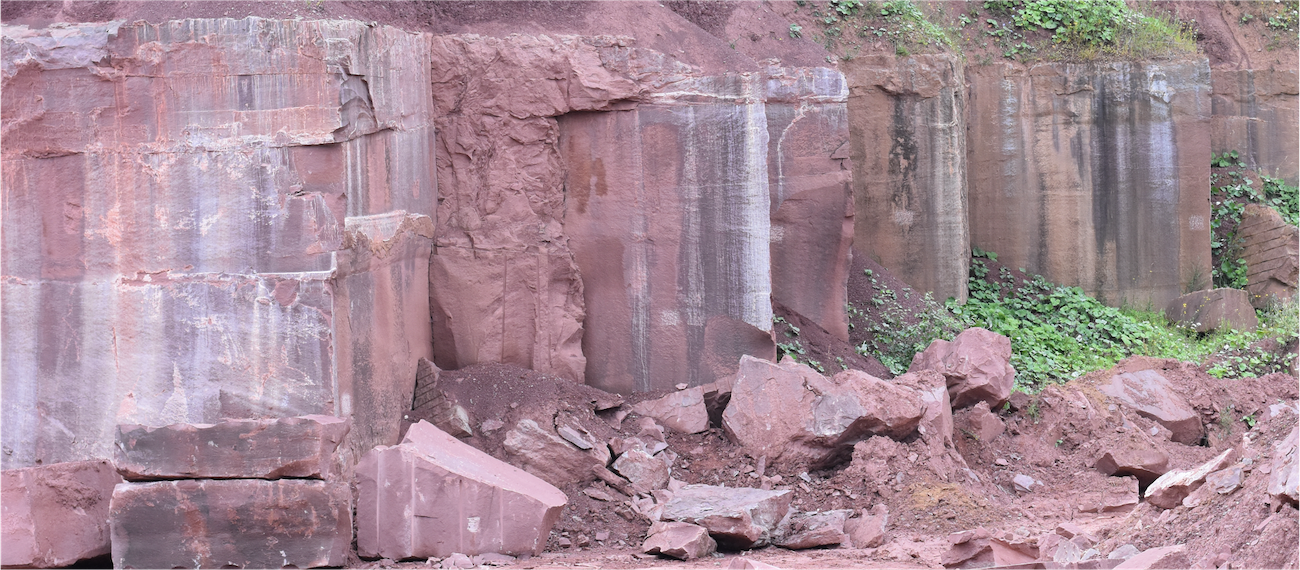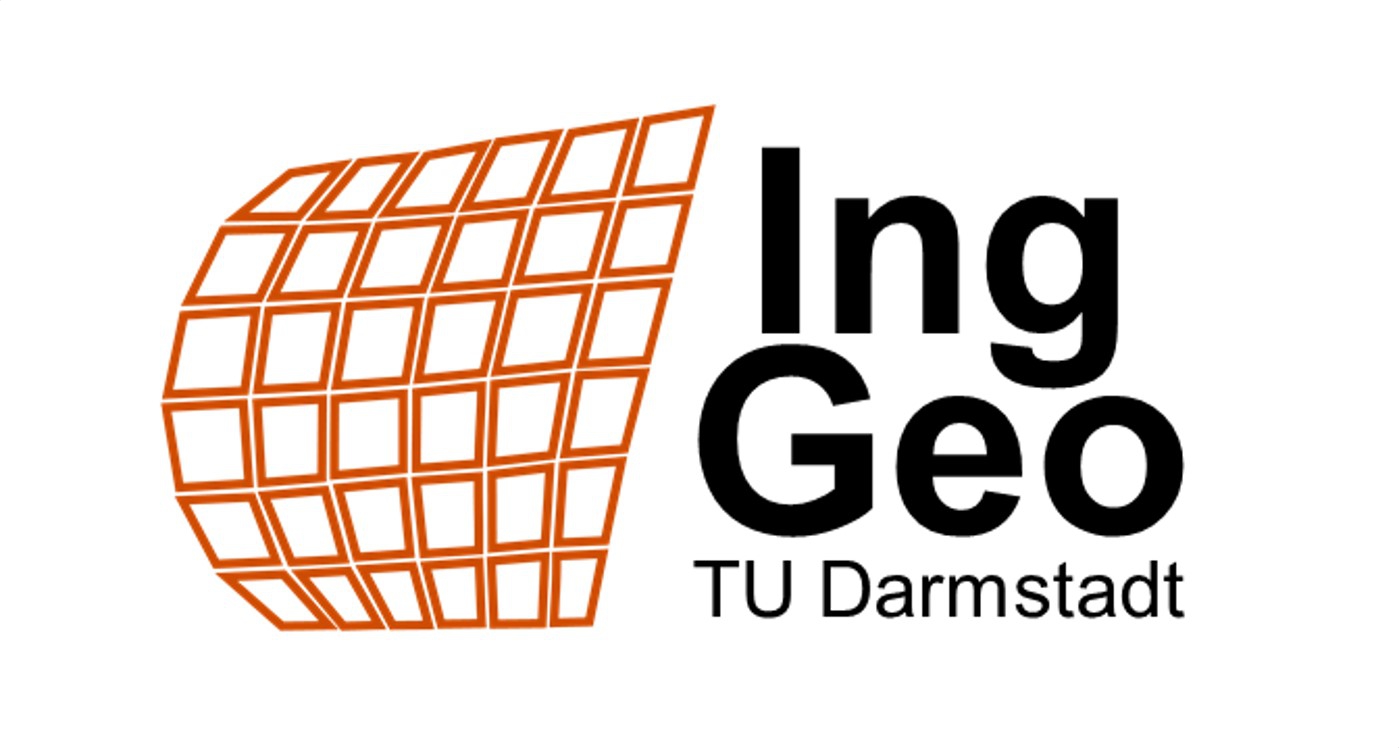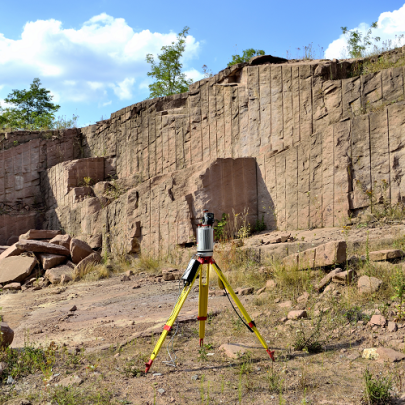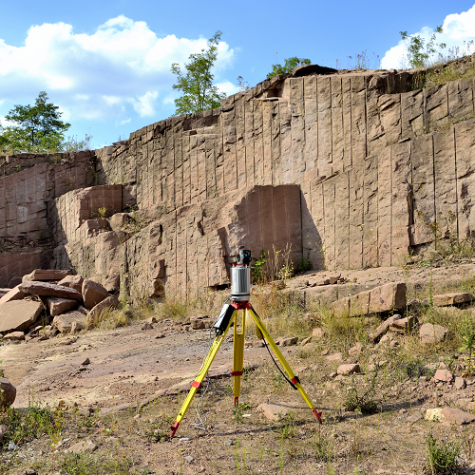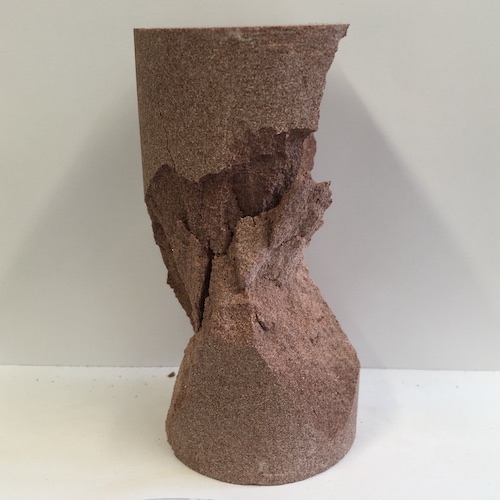
Facts about the project
PhD project: Dr. Dominic Gottron +++ Duration: 15.05.2018 – 31.03.2022 +++ Project funding: Bundesministerium für Wirtschaft und Klimaschutz (BMWK) Projektträger Jülich
Reinjection of reservoir fluids as part of deep geothermal energy production can lead to both, precipitation and dissolution of minerals in the local fracture network. Thereby, the hydraulic and mechanical rock properties will change. Within the framework of the joint project ReSalt, funded by the BMWi, the work of the engineering geology sections focuses on the characterization of reservoir analogs with respect to the geometry of the fracture network, the determination of the rock mechanical properties of the rocks and fractures, as well as the upscaling from the laboratory to the reservoir scale. The geological survey and sampling of two quarries, which serve as outcrop analogs, is performed using terrestrial laser scanning (see figure on the right) and drill cores, respectively. The mechanical properties of the rocks and fracture surfaces are determined by uniaxial and triaxial tests as well as direct shear tests in the laboratory.
Upscaling of mechanical properties to the reservoir scale is firstly based on rock mass classifications (RMR, GSI, Q-system) commonly used in engineering geology. An alternative approach involves upscaling concepts based on the Discrete Fracture Network (DFN) method (see figure on the left), which allows upscaling of both hydraulic and mechanical parameters. Thereby, a spatially variable and anisotropic rock mass modulus and permeability is calculated from a deterministic-stochastic fracture model. In addition, these DFN models will be combined with synthetic rock mass (SRM) models.
- Gottron, D., & Henk, A. (2021). Upscaling of fractured rock mass properties–An example comparing Discrete Fracture Network (DFN) modeling and empirical relations based on engineering rock mass classifications. Engineering Geology, 106382. https://doi.org/10.1016/j.enggeo.2021.106382.
- Gottron, D., & Henk, A. (2021). Hydromechanical rock mass characterization using discrete fracture network models–a case study based on terrestrial laser scanning and rock mechanical testing. In IOP Conference Series: Earth and Environmental Science (Vol. 833, No. 1, p. 012041). IOP Publishing. https://doi.org/10.1088/1755-1315/833/1/012041, Eurock Turin, 2021.

